Are You Fit to Travel?
Imagine…You’ve planned a big trip and you anticipate that there will be lots of walking and climbing steps, and you’re worried you won’t be able to keep up. Get rid of your doubts and learn how to get ready now.
Lost your password? Please enter your email address. You will receive a link to create a new password.

Imagine…You’ve planned a big trip and you anticipate that there will be lots of walking and climbing steps, and you’re worried you won’t be able to keep up. Get rid of your doubts and learn how to get ready now.
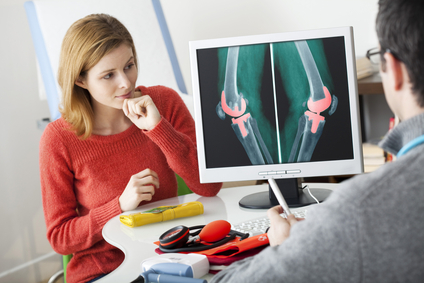
Orthopedic Injuries. Here’s one of mine. This picture is real. It was taken by my husband a few years ago. That’s me unable to lower my arm without passing out…
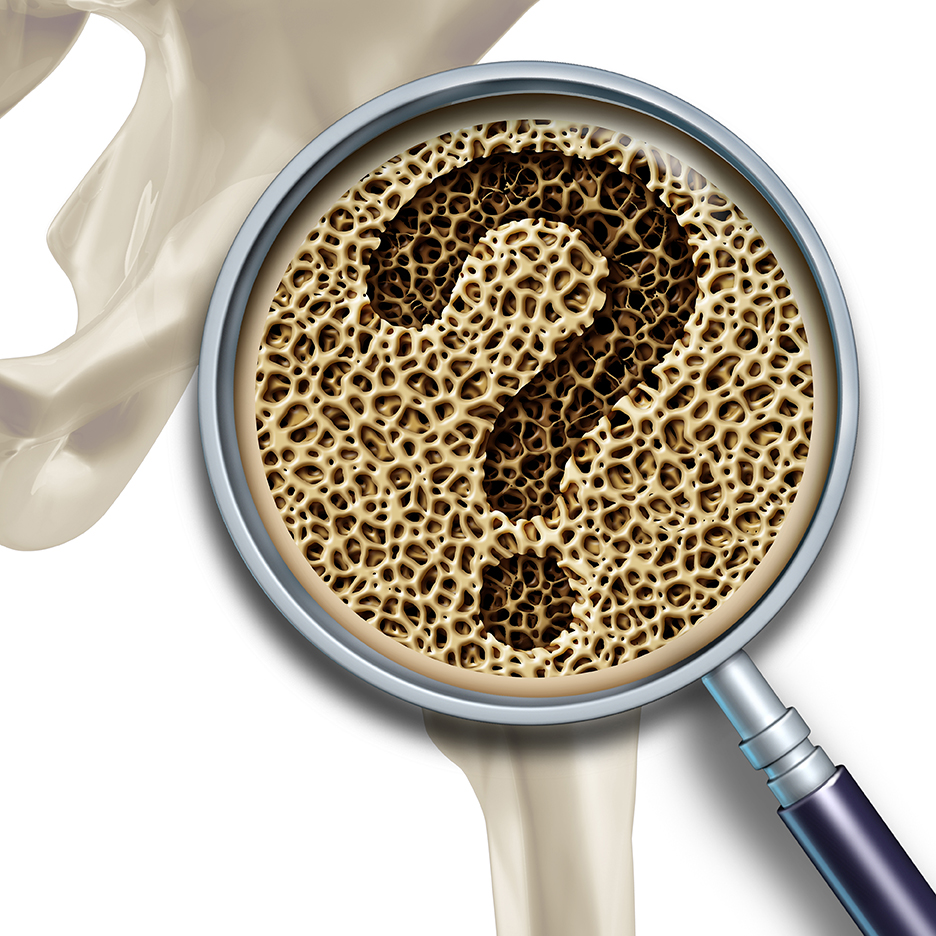
In addition to following a diet that is made up of whole plant foods, it’s important to keep the glycemic load of your diet in mind. Using more beans, nuts, and seeds as major calorie sources, instead of grains and potatoes…

I find the holiday season to be challenging mentally, emotionally and physically. I am sure many of you who are reading these words feel a similar pressure of the current year ending – and the uncertainty of the new one to come. During this time of the year I have found myself being repeatedly burdened by entertaining old, worn out, negative thinking which leaves me exhausted and prone to getting sick, frustrated and fearful of the unknown time ahead.

This year it has been no different for me as I seem to be facing a past challenge regarding my belief in myself, my self-worth – and my purpose. For the better part of the last week and a half I have been struggling with a bad case of what I believe is the flu. With this latest (rare) bout of illness I have been blessed with a large dose of coughing, sneezing, general weakness and a very substantial lethargy. I believe in the power of the mind to bring us health and well-being but I also believe our thoughts (and beliefs) can – and do – deliver to us the other side of life which includes illness, unease, a genuine lack of self-confidence, and a sense of what I will call “hopelessness” – a feeling of living without purpose.
This is how I have started to feel in December – that regardless of what I have done, written or spoken about in terms of my passion for healthy aging, that it matters little and that I am wasting my time. This thought has occurred to me many times before and I am sharing it with you now because I am going through this challenge in this moment in time. ALL of us at some point in our life (and in my case it has been more than once) have felt empty inside and afraid – fearful of the unknown, of not being enough, of having chosen our path in life badly – and much more “baggage” that we carry around with us every day! It is a burden we decide to carry. It is up to each of us to decide to stop carrying this extra weight – or it will remain a “drag” on our life well into the future! We don’t need negative thought patterns ruining our lives, do we?
The point is that it takes courage and discipline to “fight” this negative “wave” of feelings and thoughts. The first step that we can take to address this important issue is to become AWARE that it is happening – and to STOP and THINK in order to increase the possibility of changing your mind in order to “reassert” your power over your training – but your life as well. I am grateful for these reminders as they spur me to make the choice again that I AM valuable and worthy of success. Even at 70, I am dealing with this very issue as Christmas approaches – again. I had a terrible Thanksgiving because I could not be with my daughter and grandson and tonight had a harsh exchange of words with her over the phone (frustration, anger, fear – whatever it may be.)
What this matter basically comes down to is a FIRM belief in ourselves – and our own unique purpose – that we are alive for a reason. It is incumbent upon each of us to maintain a vigilant and forceful awareness that CAN prevent negative thoughts from derailing our dreams from becoming fully realized. If we allow these negative thought patterns to remain in our subconscious minds over time they WILL harm us emotionally, mentally and physically. ALL life – and reality – begins with thought, so guard your thoughts well! I am sorry to report that we are never done with these challenges of the mind and they can – and DO repeat (sometimes – not always) for a reason: To REMIND us of who we are – and are becoming. The ego wants to regain control of our thought patterns and return us to an earlier status quo that never worked for us – and never will.
The antidote for this negative “cycle of thought” is an examination of what we are doing and how well we are doing it. Can we improve our behavior? Our discipline? Our planning? Our listening? What is it that we are seeing again – and why? My conversation (argument) with my daughter showed me I am still capable of entertaining past negative thinking with poor results showing up again in my life. What a DRAG! Low self-worth and self-esteem can raise doubt and fear in all of us. What I am experiencing right now is a reminder of the road I have travelled – and the miles I have to go. It is always incumbent upon each of us to be “self aware” and allow this awareness to guide us to take personal responsibility for our behavior – and thoughts – (all that any of us can control and then, and only then, will we make it successfully to our goal and accomplish our mission.
Our fitness programming follows this same logic and if we believe we cannot make it – we won’t. Our thoughts determine our results and our belief systems determine everything else of importance in our lives. DON’T LET FEAR AND SELF DOUBT control your future destiny. DO NOT entertain thoughts that in and of themselves are self destructive. I don’t know how the distance with my daughter will be bridged before Christmas but it will probably include compromise and some serious mutual listening.
Conflict in itself solves NOTHING but it CAN promote growth and understanding so I am not shy about engaging in a good argument – if it leads to greater mutual understanding – and peace. It is in HOW we disagree that matters. I argue with my feelings leading the way sometimes and that CAN be hurtful, but in this hurting we may get the opportunity to expand our definition of ourselves – and expand our consciousness as well. This is what I would call a “win – win”. This potential outcome CAN help us grow into a new definition of ourselves and create new opportunities with those we love – and with those others we value in our lives. It is about taking some risk and exposing ourselves to being uncomfortable for a while. I feel it is worth the effort – just be smart about how you go about implementing this idea!
I am convinced this time of year is challenging for all of us because there is much we need to learn – not only about ourselves – but about each other as well. After 45 years of being a father I am still learning about what that means and tonight I found out I am still NOT as patient or compassionate as I thought I was and so some “soul searching” will be required to bring me back to my best path of growth and understanding with those I love.

Take time today to reflect not only on your relationship with yourself but also with those you love and care about and see what emerges. You might be in for some amazing surprises and only YOU can do this work. Becoming a thoughtful listener is really the key to effective communication so practice that skill a lot! We have TWO ears and ONE mouth for a reason. I really find the holiday season to be about buying “STUFF” and not about appreciating our many blessings. This thought drives me crazy! However, this is the life we are living today so I either learn to live with it creatively or I will continue to hit the same “brick wall” as I have in the past – and I CHOOSE NOT DO THAT. All of this is to say that becoming unsettled, confused – or even angry – is probably a sign that we ARE ready for positive change to enter our lives and I TRULY BELIEVE that is a VERY good thing! Travel well.
Originally printed on HealthyNewAge.com. Reprinted with permission from Nicholas Prukop.
Nicholas Prukop is an ACE Certified Personal Trainer & a Health Coach, a fitness professional with over 25 years of experience whose passion for health and fitness comes from his boyhood in Hawaii where he grew up a swimmer on Maui. He found his calling in writing his first book “Healthy Aging & You: Your Journey to Becoming Happy, Healthy & Fit” and since then he has dedicated himself to empowering, inspiring and enabling people of all ages to reach for the best that is within them and become who they are meant to be – happy, healthy and fit – and be a part of a world where each person can contribute their own unique gifts to life.
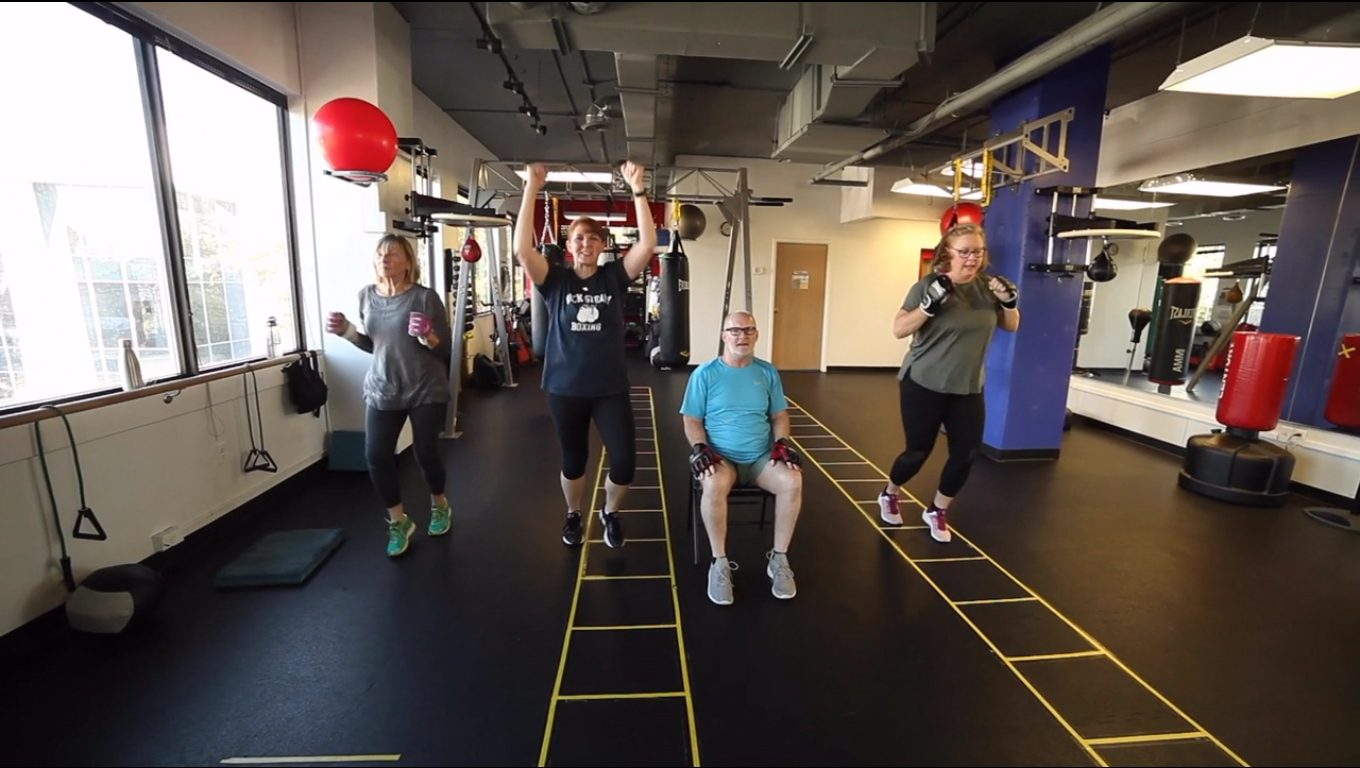
In Part 1 of this series, we discussed an overview of bilateral coordination, its importance and how it falters in Parkinson’s Disease (PD).
Now, we’ll discuss strengthening the pathways for those with PD with exercise.
Clearly, the brain is a work of art when you consider the “architecture”, the “highway” of nerves required to communicate with the rest of the body, to the final outcome of the original thought or idea. ANY kind of “road block” is going to hinder an individual from completing tasks as simple as writing or buttoning a shirt. And for the person living with PD, this includes walking, bathing, driving, communicating, dressing, well, about every Activity of Daily Living (ADL) that you can conceive.
BUT… never fear, the PD Fitness Specialist is prepared to address these matters of the brain with some challenging YET fun activities to promote improved motor control!
I won’t lie, you may see smoke coming out of the “fighters” ears but the incredible sense of accomplishment at the completion of the drill will be worth it.
Always begin with the fundamental question of program design. What are the needs of my private clients and fighters? What are their common issues? They definitely need to work on:
Strength (7 foundational movements)
NOTE: I encourage Fitness Professionals (FP) to start with the most basic form of each Foundational Movement before progressing to a more challenging version. I have learned that repetition and exercise phases are a necessary part of any fitness program, similar to the human development process.
Your program should also include cardiovascular endurance, agility (footwork/hand-eye), cognitive challenges, fine motor drills, balance/gait drills — ALL which incorporate Bilateral Coordination challenges that provoke the brain to enhance:
Yes, this requires the Fitness Professional to sit down and develop a program that is constantly evolving as the abilities and needs of the client change BUT it can be done. For example, to address gait and incorporate an additional Bilateral Coordination drill that will challenge your client(s) mental focus, try the following progressive drill.
NOTE: Step one is a fantastic way to help a person living with Parkinson’s Disease safely transition out of a “freezing of gait” moment.
Criss-Cross Applesauce (Stand in squat stance)-
Have your client(s) say “Criss-Cross Applesauce” while performing the drill. This will address hypophonia problems and assist in maintaining a strong beat..
Once they have achieved this version, have them progress to the next level….
Criss-Cross Applesauce with Marching Knees
To add complexity to the drill, have your clients tap the marching knee onto a step or bosu.
Once they have achieved this version, have them progress to the next level….
Criss-Cross Applesauce with A Forward Lunge
To add complexity to the drill, have your clients perform a diagonal lunge or a lateral step.
This is just one example of how you can incorporate Bilateral Coordination into a movement we do all day every day! Walking! And if you work with people living with Parkinson’s Disease, then expect their learning time to vary but with repetition and encouragement, they will conquer this drill and be excited to try the next.
Which leads me to share with you the results I have experienced in my Parkinson’s Disease Wellness Center in Nashville and Franklin, Tennessee.
“Susan” is 62 years old and was diagnosed 17 years ago which classifies her as Young Onset Parkinson’s Disease. Susan had the DBS surgery 10 years ago and although the DBS initially provided relief of tremors and dyskinesia, over time fine motor skills, drooling, hypophonia, balance/poor posture — leading to numerous falls — has become an issue. She is also blind in one eye which limits her spatial awareness, decreases balance and mobility, all of which makes living independently even more challenging. Additionally, the hypophonia had led her to become 80% non-verbal. To answer questions she either nodded yes/no or shrugged her shoulders if she didn’t know the answer.
When we began working 1:1 together, my first priority was to address her posture/gait, as she was stooped forward and shuffling, leading to multiple falls each week. So, in addition to a dynamic warm-up with large ROM drills to properly prepare her body from head to toe, strength training, boxing and cycling, obstacle courses and more, I taught her the “Criss-Cross Applesauce” drill. The first several sessions, Susan had to complete the drill 5x between other warm-up exercises AND march while tapping her hand to the opposite knee when we moved to a new station or machine. She also had to speak the words “Criss-Cross Applesauce” when performing the drill to address her hypophonia.
The first session, Susan could not make the connection that her hand was to tap the opposite shoulder or knee. I had to manually move her hands and say the words with her. By the end of the first session, she was only able to complete the drill at a slow tempo, but that was ok, she did it! She left the gym that day with homework to practice the “Criss-Cross Applesauce” drill three times a day for 5 repetitions. I also assigned marching in place while tapping the hand to the opposite knee 60x twice a day.
The second session, I noticed a significant difference in her timing and coordination. For the first set, I still needed to “mirror” her while she did the “Criss-Cross Applesauce” drill, but overall, Susan was able to complete the drill 3 out of 5x correctly. When Susan would move to a different location, I had her march and tap her hand to the opposite knee. We counted how many steps it took to make it to the next station with the goal of trimming 10-15 steps off the next round. To do so, I had her focus on making precise connections between her hand and opposite knee as well as stomping her foot when stepping. By the end of the session she was able to trim 5-10 steps off between stations. She completed the session with the same homework as before.
The third session is when I started to notice some fantastic improvements. Susan walked into the gym marching and tapping the hand to the opposite knee. She was able to cover more ground with fewer steps and the best part was that stomping her foot was helping her step with increased assurance. That equates to fewer falls! Additionally, transitioning station to station took less time and she was able to lift her knee higher than the previous sessions.
The “Criss-Cross Applesauce” drill still required me to “mirror” her but she did all 5 reps correctly and her hand/shoulder and/or hand/knee connection was more actively engaged. We continued to perform the drill between each exercise or cardio drill and by the end of the session, she spoke with clarity and increased volume, her stride length had increased, posture was more vertical and her confidence soaring. She even told me a joke!
The exciting results I experienced with Susan have also been experienced in my group exercise classes for Parkinson’s Disease. “Fighters” report that their forward/lateral movements, executive functioning skills, and balance have improved since incorporating Bilateral Coordination drills into our program.
The brain, in all its complexity, is a beautiful work of architecture. You, the Fitness Professional, have the “blue-prints” at your fingertips and together we can weave together bilateral movements to enhance the lives of those with Parkinson’s strengthening their bodies, mind and spirit and above all giving hope.
To assist you in learning how to create exercises that incorporate Bilateral Coordination into your program, I have included additional videos below demonstrating examples of exercises. (I would like to give credit to Dr. Irv Rubenstein, MedFit author & advisory board for the use of two of his drills in the video.)
This video comes from Dr. Jacob Weiss of handeyebody.com
Check out Colleen’s online course on MedFit Classroom….
Co-Written by Colleen Bridges, M.Ed, NSCA-CPT and Renee Rouleau.
Colleen Bridges is the author of MedFit Classroom’s Parkinson’s Disease Fitness Specialist course. Renee Rouleau is a PhD student at the Jacobs School of Biomedical Sciences, University at Buffalo.
References

Despite a wealth of scientific data, most people remain unaware of how they can reduce their risk of developing cancer. According to a study released in 2008, only 5-10 percent of cancer cases are linked to genetics; the remaining 90-95 percent stem from environment and lifestyle factors and are potentially preventable. Twenty-five to 30 percent of cancer cases are due to tobacco use, and about 1 in 3 cases are due to food choices. These numbers continue to rise.
In 2014, the Centers for Disease Control and Prevention and the National Cancer Institute compared cancer rates and deaths linked to risk factors such as red and processed meat intake, overweight, and low intake of fruits, vegetables, and dietary fiber. During that year in the United States, 42 percent of cancer cases and 45 percent of cancer deaths were linked to avoidable risk factors such as excess body weight. Factors within our control, like diet and exercise, are largely accountable for cancer outcomes.
Download the Physicians Committee for Responsible Medicine’s Fact Sheet, Foods for Cancer Prevention, to read the rest of this article. Feel free to download and share this free resource.
The Physicians Committee for Responsible Medicine is a 501(c)(3) nonprofit organization, headquartered in Washington, DC. Our efforts are dramatically changing the way doctors treat chronic diseases such as diabetes, heart disease, obesity, and cancer. By putting prevention over pills, doctors are empowering their patients to take control of their own health.
Fact sheet shared with permission from PCRM. Click here to view other PCRM Fact Sheets.
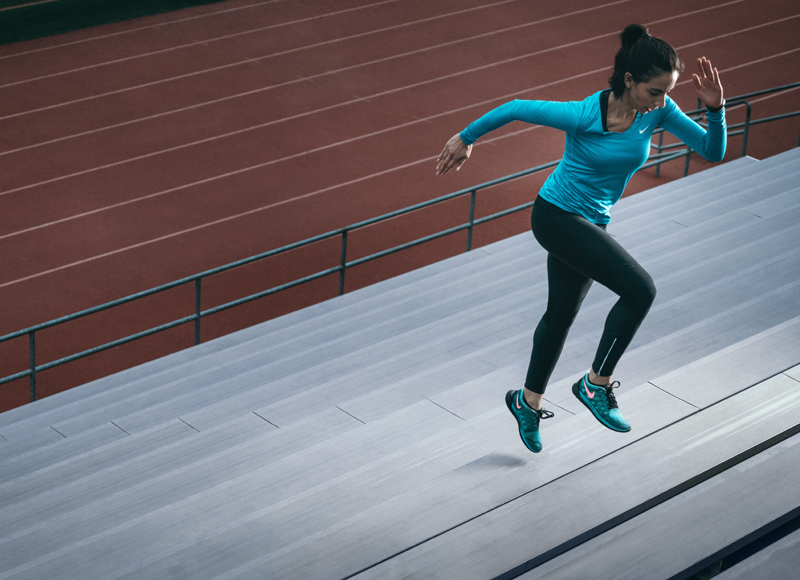
Ask any runner and they will likely tell you that optimal performance in running and other endurance events depends on many different variables. Some of these variables: training and nutrition status, are within a runner’s control. Others, like race-day weather, age, and genetics, are not.
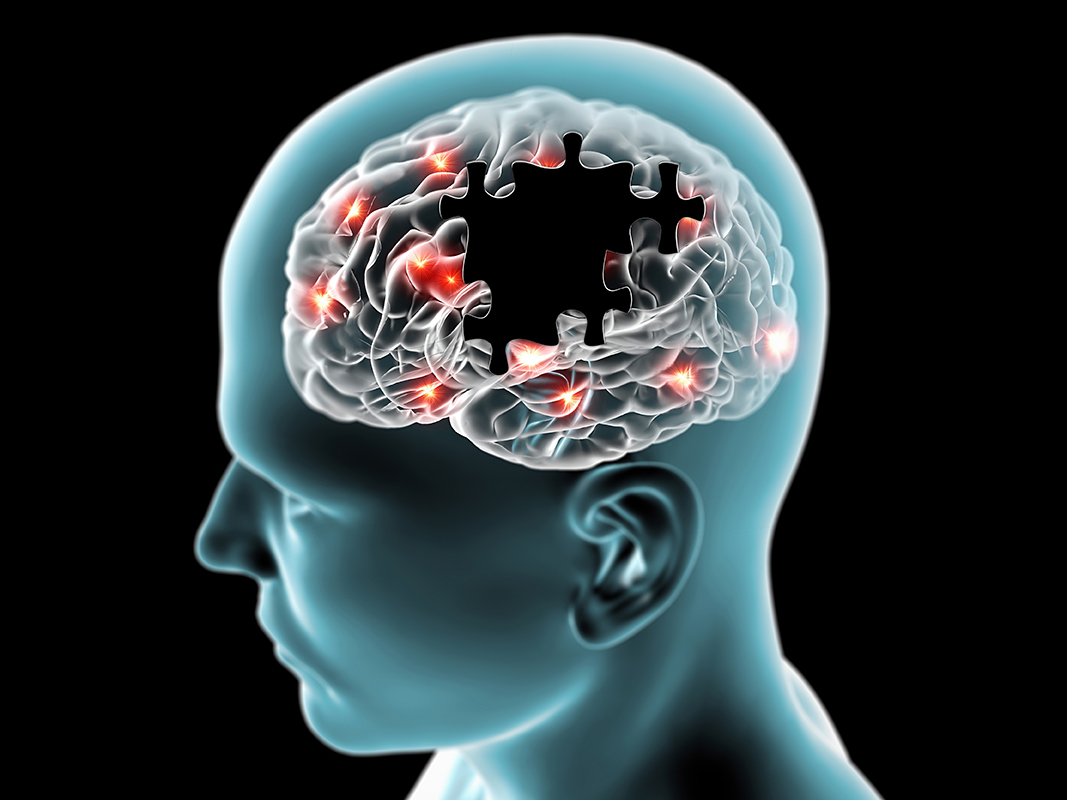
“You want me to do what?” says Susan when she hears the drill that I want her to complete during our exercise class.
“You’ve gotta be kidding me! Where do you come up with these drills? You DO remember I have Parkinson’s Disease?” To which I smile and reply, “Yes, and you can do this, I promise!!”
Susan rolls her eyes and jokingly replies, “Right, I guess we’ll just have to see about that, Colleen!”
“You can do this Susan,” I reply, “but it is going to require work, and I’ll be right here to help you.”
You may be thinking to yourself, what kind of drill is Colleen asking her client to perform? Could it be a 150lb deadlift? Maybe it’s a 5ft plyo-jump on one leg or possibly a 3 minute plank? Not even close! While the deadlift, jump and plank are all fantastic exercises, I’m asking Susan to do a lunge series with lateral arm lift series which incorporates Bilateral Coordination.
Bearfoot OT and Noémie von Kaenel, OTS share that bilateral coordination is the integration and sequencing of movement by using “two parts of the body together for motor activities”.
“To coordinate two-sided or bilateral movements, the brain needs to communicate between both its hemispheres through the corpus callosum which we will discuss later on. But it is important to note that this area of the brain develops at 20 weeks but connections between the two hemispheres strengthen and develop as a child develops . Bilateral coordination is also closely linked to the vestibular system (where your head is in space), posture, and balanced movements.”
For example: We all grew up challenging our friends to pat their head and rub their tummy at the same time. Then switch hand placement and repeat. Take a second and give it a try! Did you find one hand placement easier than the other? Now, imagine that you have Parkinson’s Disease (PD) and you’ve been given this challenge. You would probably tell me that it was tough on both sides. Why is that?
Let’s take a few moments and discuss Parkinson’s Disease so you understand the challenge of Bilateral Coordination.
By definition, Parkinson’s Disease is a neurodegenerative disorder that affects predominantly dopamine-producing neurons in the Substantia Nigra (SN) (Latin for “Black Substance”, due to its darkened pigment in the brain). The substantia nigra contains the highest concentration of dopamine neurons. It is a part of the Basal Ganglia, an area responsible for motor control, motor learning, and procedural memory, such as learning how to tie your shoes.
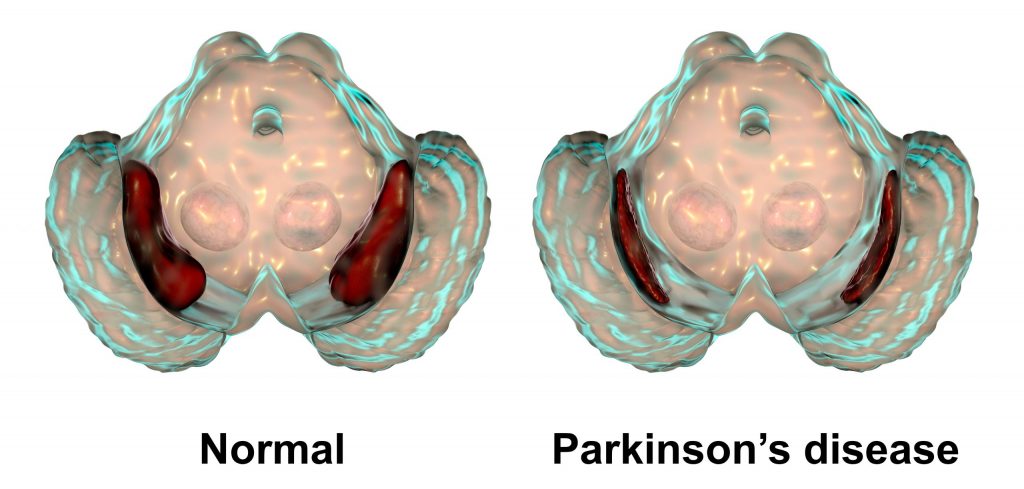
Substantia Nigra in Normal Brain vs. Parkinson’
Without the Substantia Nigra, the brain and body simply do not communicate as well, or at all depending on the stage of PD. To us, fitness professionals, we observe those living with Parkinson’s Disease displaying uncoordinated movements, loss of balance, poor gait, postural issues, visual tracking problems, rigidity, tremor, freezing, facial masking, inability to focus on a task or process information clearly, bradykinesia, hypophonia (volume of voice)… and as it pertains to Bilateral Coordination, the challenge to perform a drill with one side of the body such as the left arm while moving the right leg. Now your wheels are turning and you are probably asking yourself…
Bilateral Coordination requires your small and large motor and visual-motor functioning to work together making it possible to accomplish ALL of your daily tasks! For example, in order to write your grocery list on a piece of paper, you need to hold the paper with one hand while writing the note at the same time.
Proprioception or body awareness is another great reason to work on Bilateral Coordination. Throughout our entire life, we have the ability to know where our body is in time and space. For the person living with Parkinson’s Disease, this means a lower risk of falling, and believe me, that is crucial!
We learned in a previous article, “How a Thought Becomes an Action”, that motion in the brain is complicated and there are numerous steps to ensure that the motion in the brain is coordinated and precise. This all starts in the motor cortex, goes through the spine into motor neurons and muscles, and goes back into the brain to be fine-tuned by the basal ganglia (keep in mind this is where the substantia nigra resides). But now we’re adding onto this process by adding on even more coordinated movement in:
Each one of these areas works in tandem with the movement pathways we discussed previously to produce bilateral movement and is the reason that I can type and you can read this paper right now. Let’s go over what each of these areas does, starting with the premotor cortex (Figure 1, below).
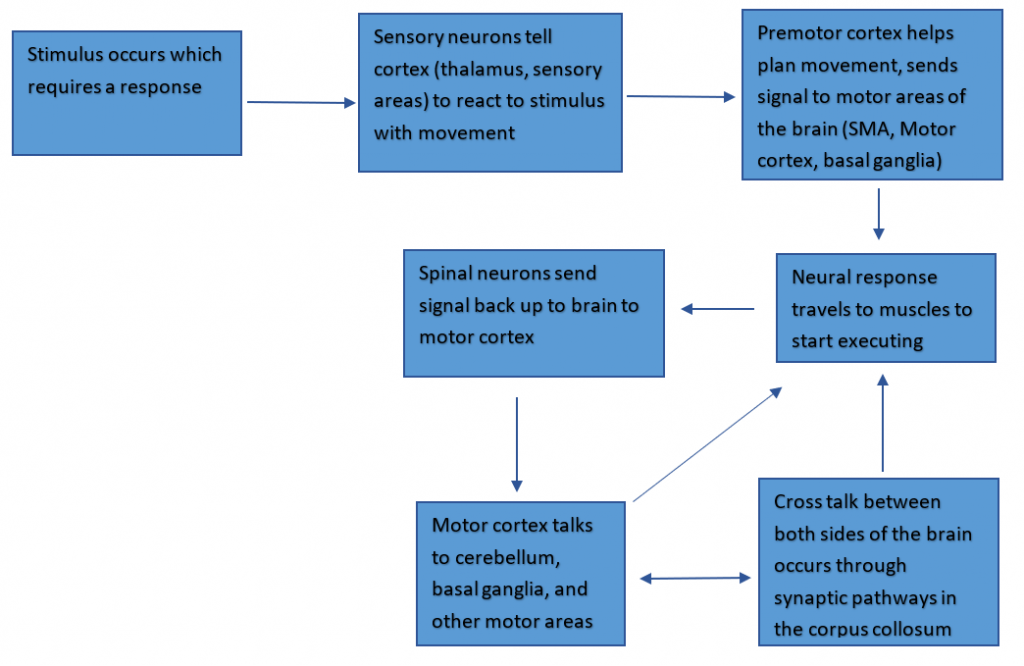
Fig. 1 The neural pathway from stimulus sensation to movement response.
So given these four areas of the brain, along with the rest of the movement pathway, there are numerous elements here contributing to sensory integration, planning of movement, checkpoints for these movement executions, and a miscommunication playing out on both sides of the brain. This means that there are a lot of alternate pathways in case anything goes wrong. However, pathways can deteriorate over time, and problems can arise. Which brings us to PD, and the issues that may happen in bilateral coordination as the disease progresses.
There’s a lot of different attributes to movements like walking – a complicated movement with a number of variables:
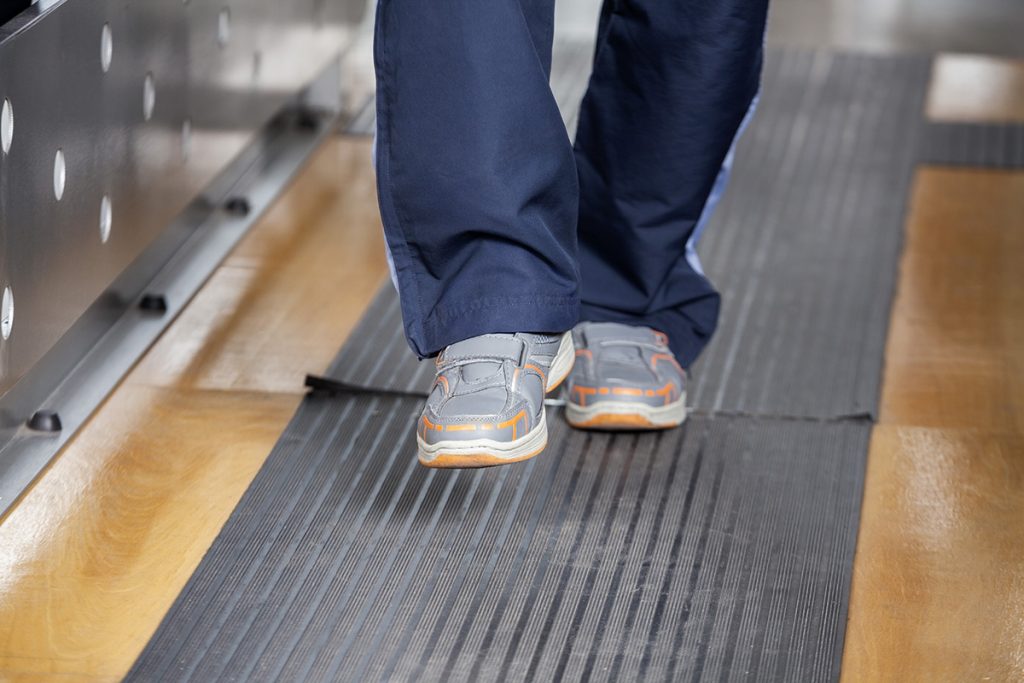
With all those steps, anything that goes wrong will hurt the body’s ability to keep steady and coordinate larger and smaller movements on both sides. We also need to take into consideration that we all have a dominant side in normal movement that is easier to control. Evidence suggests the dominant side is worse in PD, perhaps due to brain asymmetry, meaning anything involving that side is most likely going to be slower and more uncoordinated, such as balancing on your dominant side or having to pivot on your dominant foot (1,2). Again, comparing it to a car running, if you have a bad steering wheel, your turns are going to be a little rough and you might end up swerving more or less on target. Or you need new adjustments or wheel bearings that make your balance and steadiness just a little bit better (speaking from personal experience). These parts make a car drive smoothly, as the neural circuits involved in the basal ganglia — along with all the new motor regions I mentioned–interact as one unit to make the walking as coordinated as possible.
This type of movement is also affected by our favorite neurotransmitter: dopamine. As we know, dopamine affects the basal ganglia, which has a conversation with all of the different areas we’ve talked about, such as the supplementary motor area, which is important for coordinating movements. We have seen in past research that taking dopaminergic medication has positively affected Phase Coordination Index (PCI), which measures bilateral coordination by looking at footsteps and foot switching (4). What does this mean exactly? Taking dopaminergic medications creates a more balanced movement, most likely by increasing basal ganglia activity, which thus increases the conversation between this and other movement areas needed for bilateral movement.
We also know that exercise is great for PD! Not only has this been seen in PD-specific fitness classes, but in research as well! Taking medications that increase dopamine uptake can mitigate some of these falters in movement and can create a more efficient signaling cascade, but it can only do so much. The other part of strengthening these pathways comes from exercise that can lead to better balance, smoother motion, and greater bilateral coordination! We’ve seen in some research studies on physical therapy techniques that auditory and visual cues, premeditated/thoughtful movements, and most importantly repeated balance drills can decrease FOG episodes, which could be attributed to a lack of bilateral coordination (3).
And what incorporates all of those? Exercise classes! In Part 2, we discuss Steps To Incorporating Bilateral Coordination Into Your Exercise Program.
Check out Colleen’s online course on MedFit Classroom….
Co-Written by Colleen Bridges, M.Ed, NSCA-CPT and Renee Rouleau.
Colleen Bridges is the author of MedFit Classroom’s Parkinson’s Disease Fitness Specialist course. Renee Rouleau is a PhD student at the Jacobs School of Biomedical Sciences, University at Buffalo.
References

Having a foundation in coaching skills equips fitness professionals and wellness professionals to help their clients succeed at lifestyle improvement.
MedFit Classroom’s upcoming course will provide you with a thorough overview that enables you to be much more coach-like in your work with clients.
In this new course, authored by Dr. Michael Arloski, you’ll…
This course is ideal for the fitness or wellness professional looking to either integrate the skills and methods of coaching into their own professional work, or to serve as an introduction to the path of learning how to become a health and wellness coach.
Dr. Arloski is a pioneering architect of the field of health and wellness coaching. He and his company, Real Balance Global Wellness, have trained thousands of health and wellness coaches worldwide. His book, Wellness Coaching for Lasing Lifestyle Change is a foundational book of the field, and his new book Masterful Health and Wellness Coaching: Deepening Your Craft takes the field to a new depth.
Join MedFit Classroom’s course waitlist to receive a notification when this new course goes live, and receive a special discount!